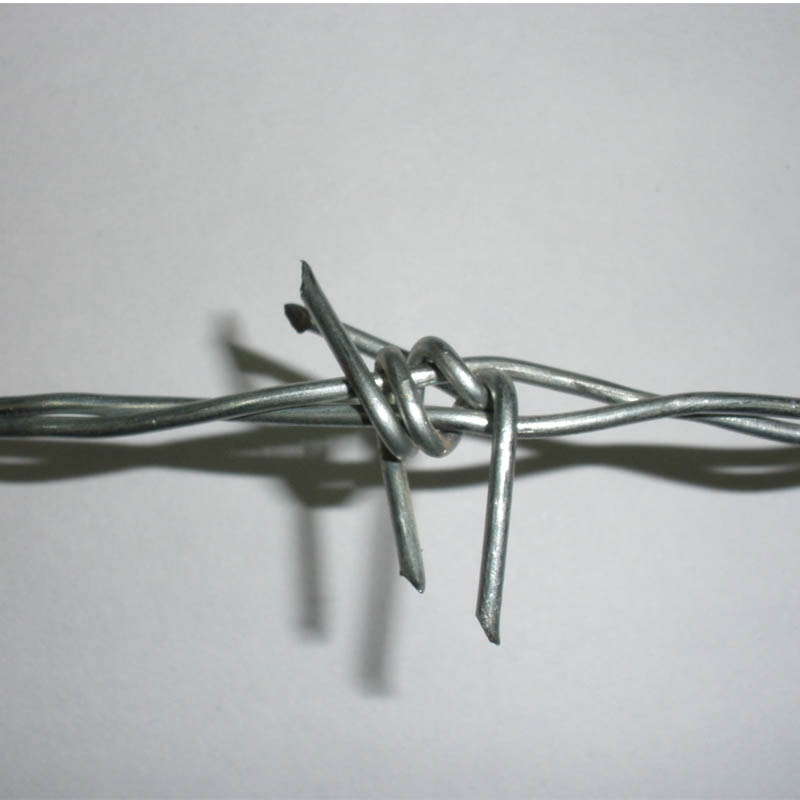
- Mobile Phone
- +8613931874955
- sales@cntcmetal.com
Stainless Steel Ladder with Brick Reinforcement for Enhanced Durability and Structural Support
The Advantages of Stainless Steel Brick Reinforcement Ladders
In contemporary construction and architecture, the materials used for structural elements significantly influence both the durability and utility of a building. Among these materials, stainless steel has gained recognition for its robust properties, making it an ideal choice for various applications. One innovative use of stainless steel is in the design and manufacturing of brick reinforcement ladders, which play a crucial role in enhancing the structural integrity of masonry walls.
Understanding Brick Reinforcement
Brick walls, while aesthetically pleasing and strong, can be susceptible to cracking, shifting, and other forms of deterioration over time. To combat these vulnerabilities, builders often incorporate reinforcement systems. Brick reinforcement ladders serve as an efficient solution, providing additional support and stability to masonry structures. These ladders are typically installed within the mortar joints of the masonry, creating a grid-like framework that distributes loads evenly across the wall.
The Role of Stainless Steel
Stainless steel is chosen for these ladders primarily due to its exceptional strength-to-weight ratio, corrosion resistance, and longevity. Unlike traditional reinforcement materials, such as carbon steel, stainless steel does not rust or corrode when exposed to moisture or harsh environmental conditions. This characteristic ensures that the structural integrity of the reinforcement remains intact for years, contributing to the longevity of the entire brick wall.
Moreover, stainless steel's aesthetic appeal cannot be overlooked. Its sleek and modern appearance complements contemporary architectural designs, allowing builders and architects to maintain visual coherence within their projects. When visible, stainless steel elements add a touch of sophistication and can even serve as a design feature.
Benefits of Using Stainless Steel Brick Reinforcement Ladders
stainless steel brick reinforcement ladder

1. Enhanced Structural Integrity The primary benefit of using stainless steel brick reinforcement ladders is the improved structural integrity they provide. In seismic or high-wind areas, these ladders can significantly mitigate the risks of structural failure by redistributing stresses across the wall.
2. Durability and Longevity Stainless steel's resistance to corrosion ensures that brick reinforcement ladders will not degrade over time, minimizing the need for repairs and replacements. This longevity translates to cost savings for building owners and reduces the environmental impact associated with frequent renovations.
3. Lightweight Nature Despite their strength, stainless steel reinforcement ladders are surprisingly lightweight. This quality simplifies the handling and installation processes, making them easier to work with compared to heavier materials.
4. Versatility in Design The customizable nature of stainless steel allows for various designs and configurations, catering to specific project needs. Whether for residential buildings or large commercial complexes, these ladders can be adapted to suit different applications seamlessly.
5. Reduced Maintenance Because of their resistance to the elements, stainless steel reinforcement ladders require minimal maintenance. This aspect can be particularly advantageous in settings where regular servicing might be difficult or costly.
Conclusion
As buildings continue to evolve in complexity and design, the need for reliable reinforcement systems becomes increasingly important. Stainless steel brick reinforcement ladders present an innovative solution that combines strength, durability, and aesthetic appeal. Their ability to enhance the structural integrity of brick walls while providing long-lasting benefits makes them a worthy consideration in modern construction projects. With the construction industry’s growing emphasis on sustainability and resilience, the adoption of stainless steel bricks and their reinforcement systems will likely continue to rise, setting a new standard for quality and performance in masonry design.
share:
-
Yard Sign Stakes: Reliable Guardians of Outdoor SignsNewsAug.04,2025
-
Wall Ties: Invisible Guardians of Building StabilityNewsAug.04,2025
-
Resilient Web: The Super Guardian Power of Concrete MeshNewsAug.04,2025
-
Masonry Accessories: A versatile assistant on building foundationsNewsAug.04,2025
-
Iron Binding Wire: the 'invisible reinforcement specialist' in the fields of architecture and industryNewsAug.04,2025
-
Dynamic Spring: The diverse functions and excellent performance of Wire Tension SpringNewsAug.04,2025
-
Your Source for Concrete Wall Ties and Masonry AccessoriesNewsJul.10,2025



















